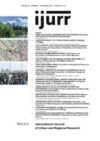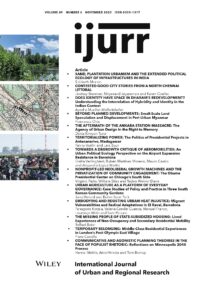Heat is a central concern for many cities whose efforts for adaptation tend to reproduce inequities. While community-led adaptation has been considered key for enhancing just outcomes, how migrants from majority world countries are in- or excluded from local visions and practices of adaptation has rarely been asked. Through participatory photography and in-depth interviews, we examine the ways through which migrant residents strive for a healthy and meaningful life in marginalized neighbourhoods, and consider the limitations they face during extreme heat. We find labour and housing precarity and limited access to public spaces of heat relief shaping heat injustice, driven by neoliberal urbanism trends and systemic racism that migrants experience in their day-to-day lives. By seeing social and spatial margins that migrants often inhabit as places where exclusion and empowerment converse, we advance a notion of vulnerability as an embodiment of intersectional injustices and a positionality from where radical adaptations emerge. We find such adaptations in the form of self-organized spaces and networks of solidarity and resistance in the city, and therefore argue that pathways of just adaptation demand revisiting and redefining adaptation to include the everyday knowledges and practices of marginalized residents to address underlying and intersecting drivers of vulnerability.
Details
Written by:
Panagiota Kotsila, Valeria-Carolin Cuenca, Manuel Franco, Lourenço Melo, Sam Pickard
Digital Object Identifier (DOI)
https://doi.org/10.1111/1468-2427.13359
About DOI

